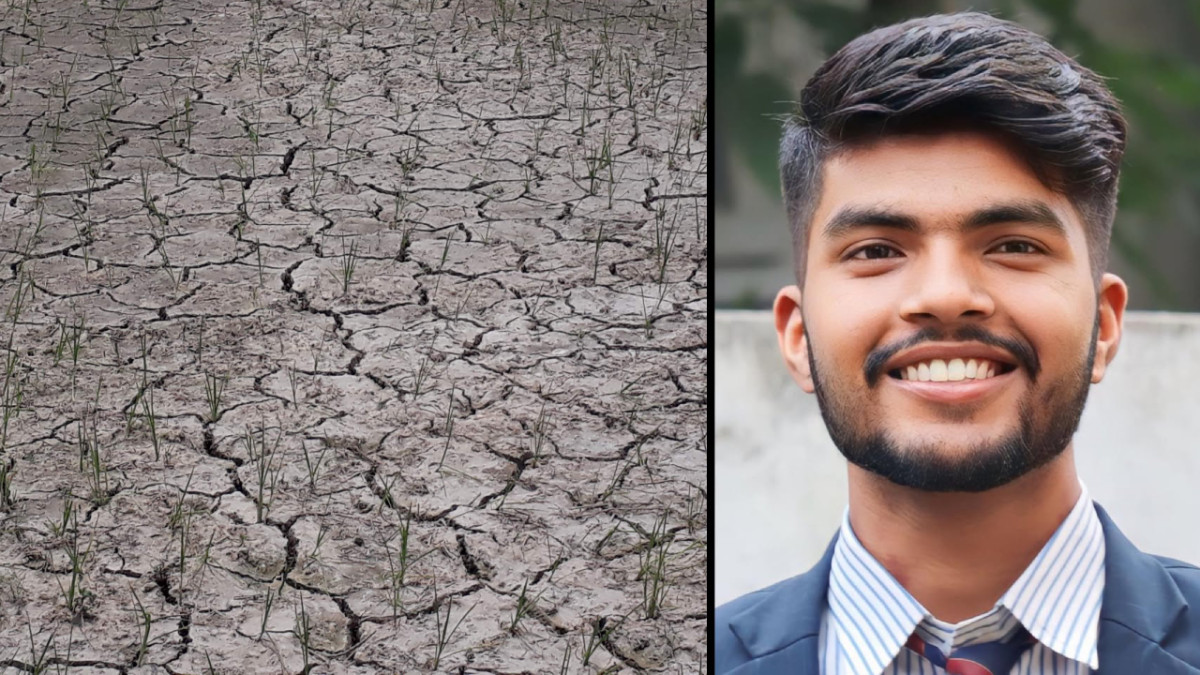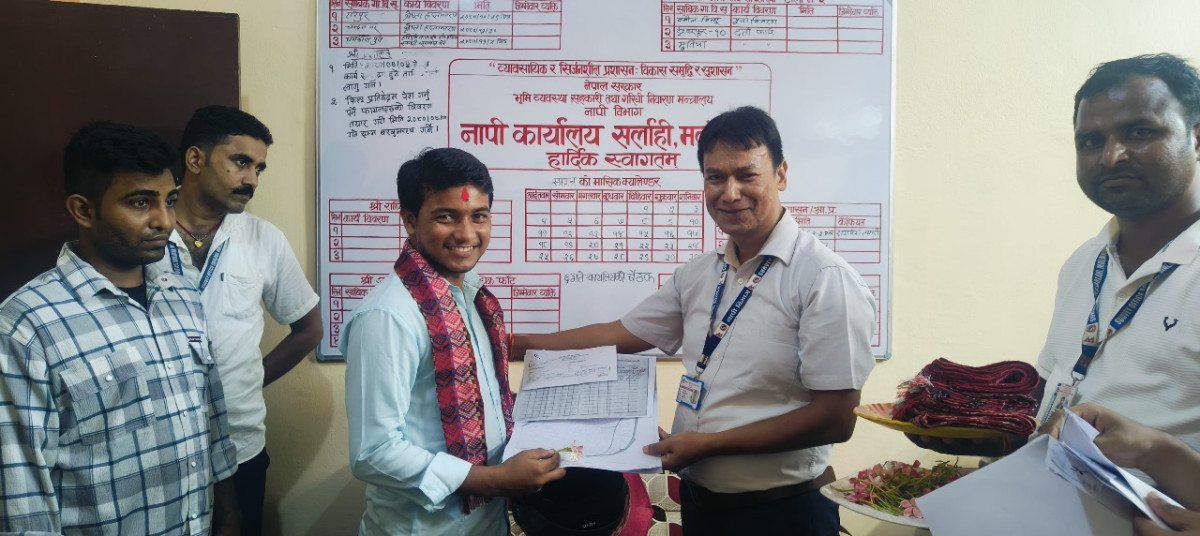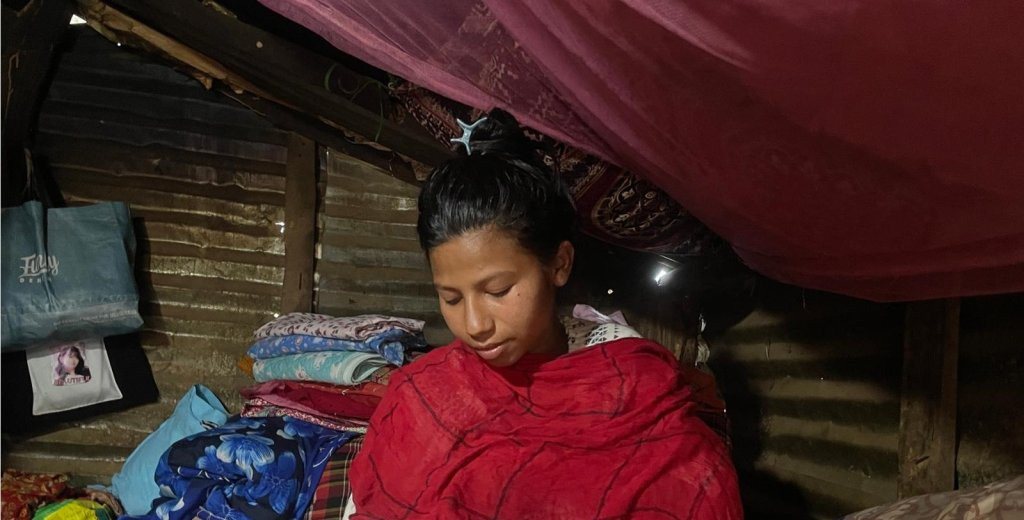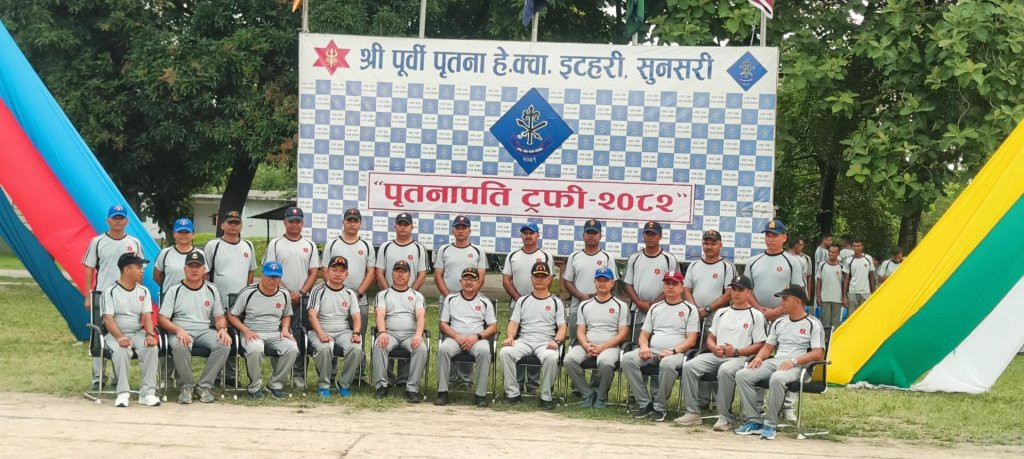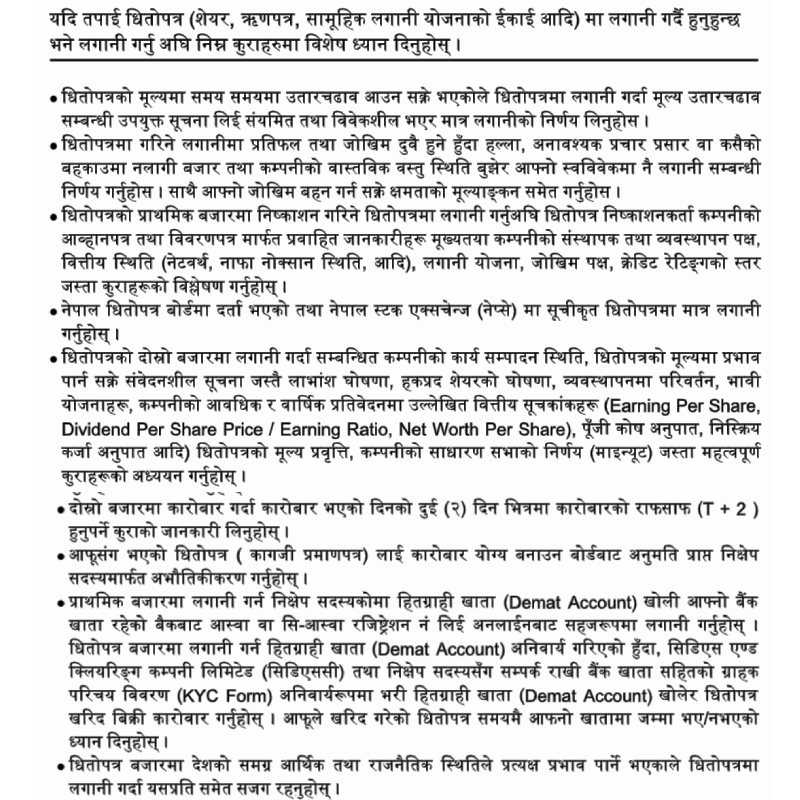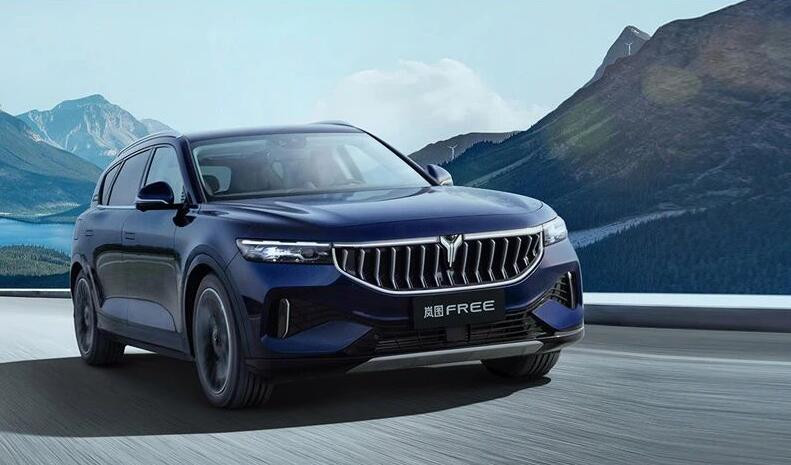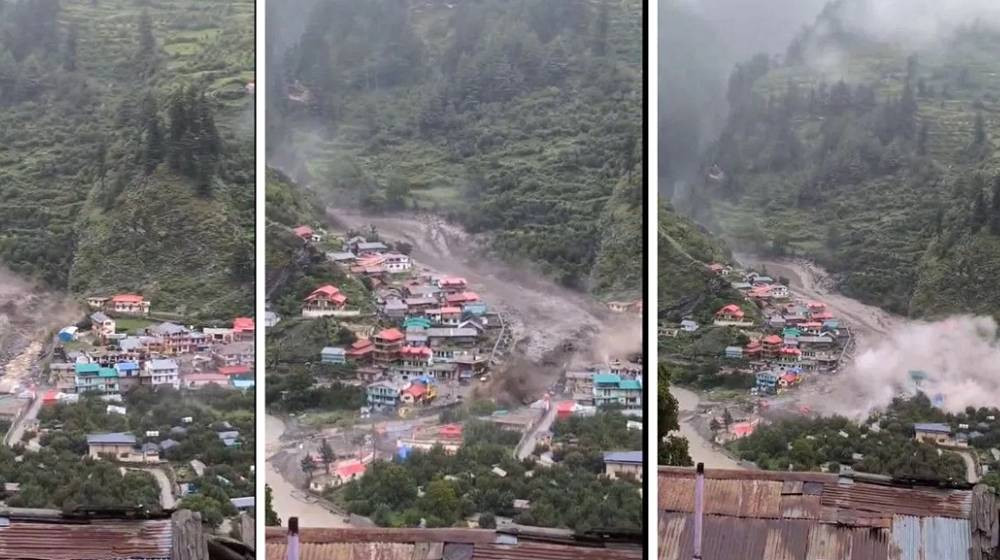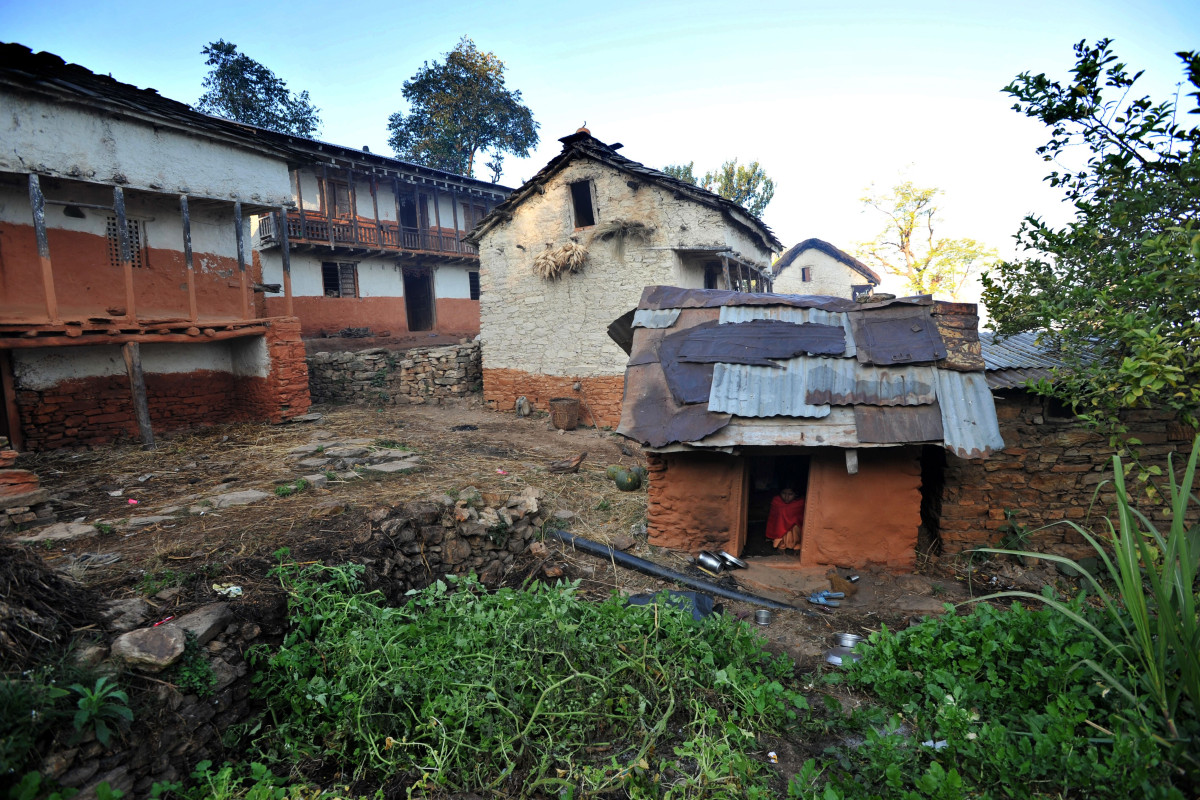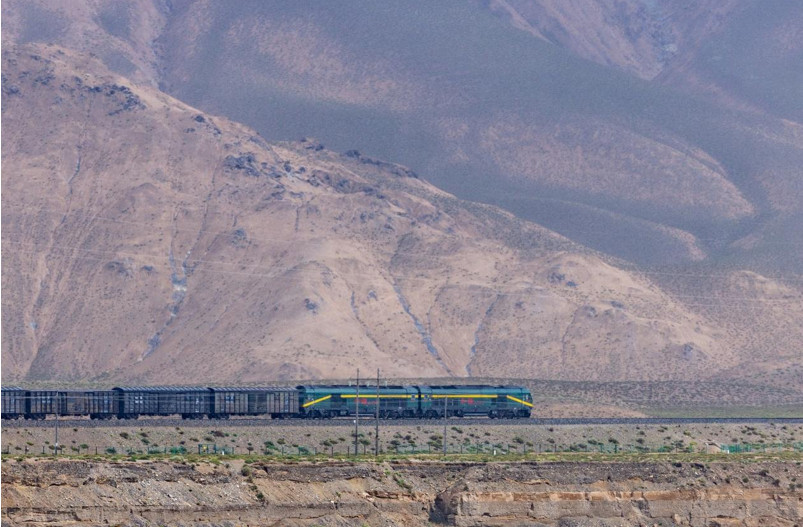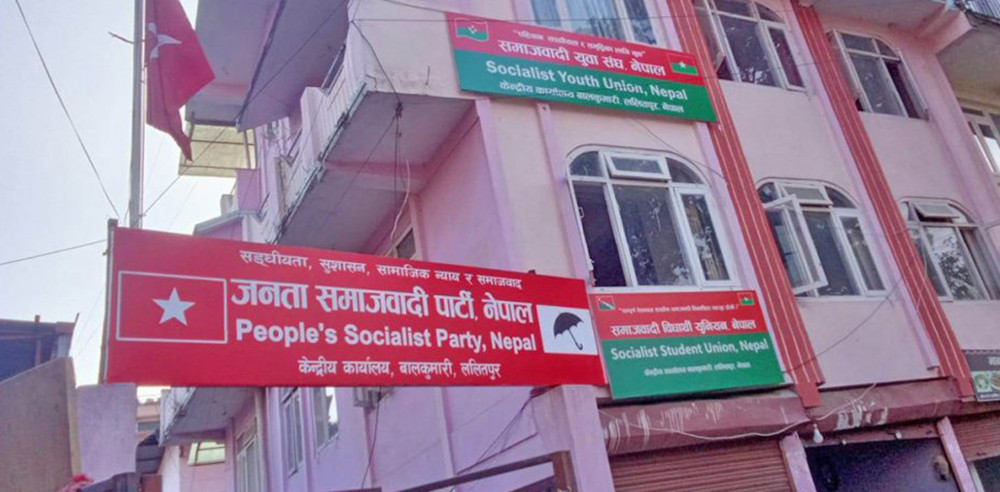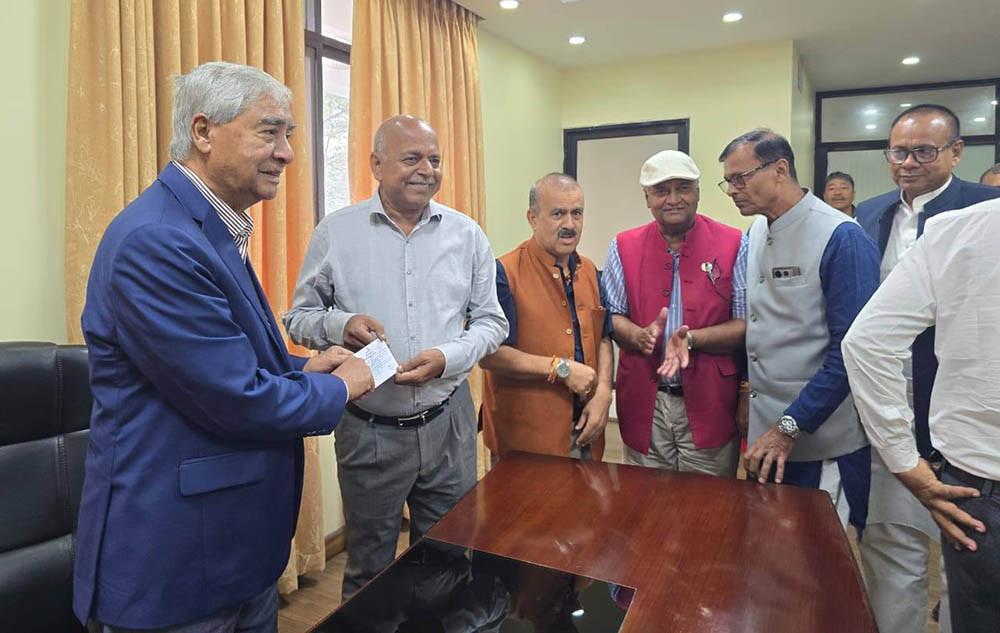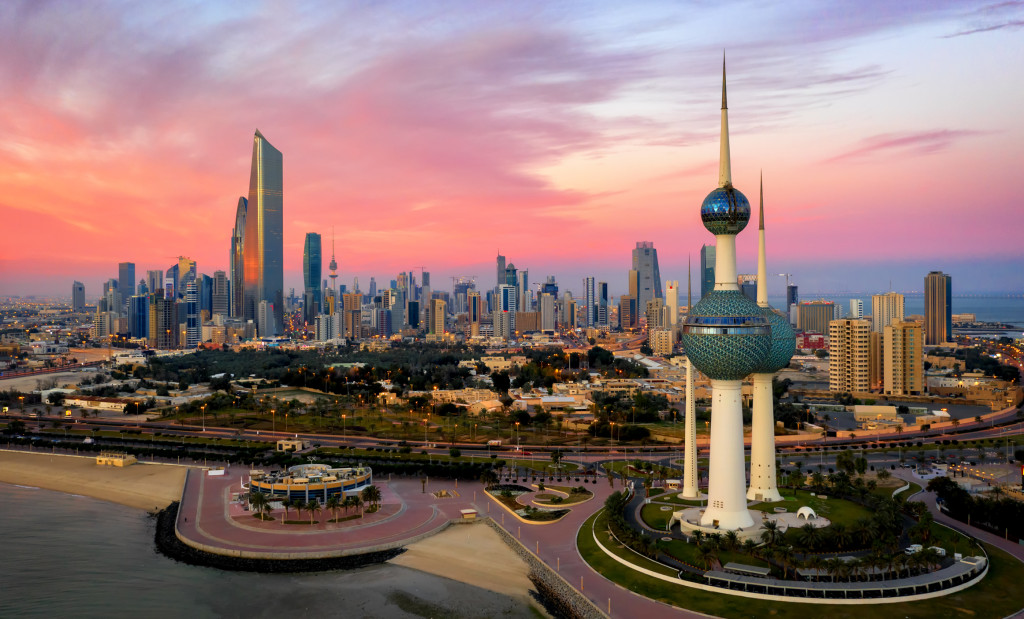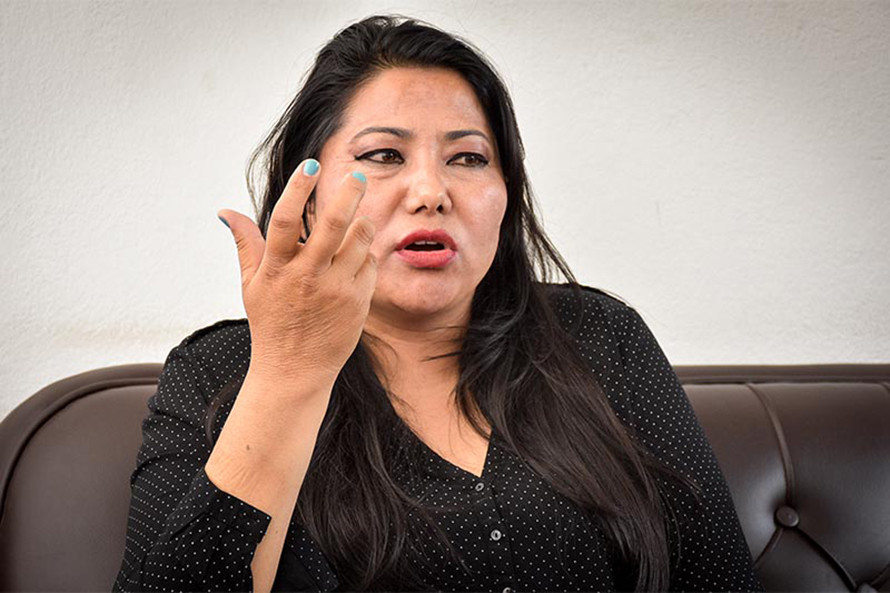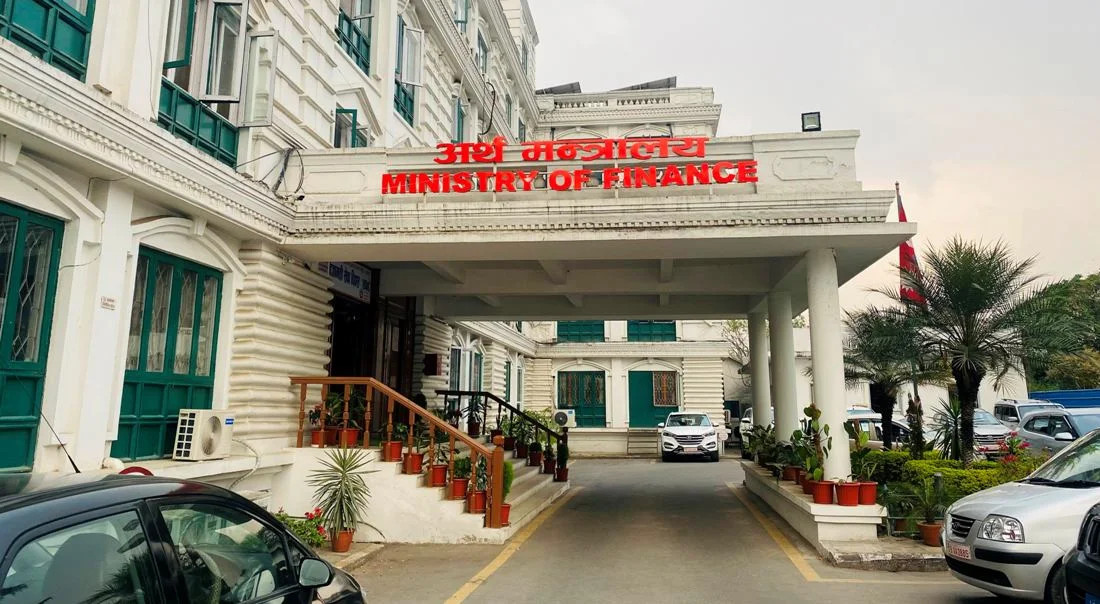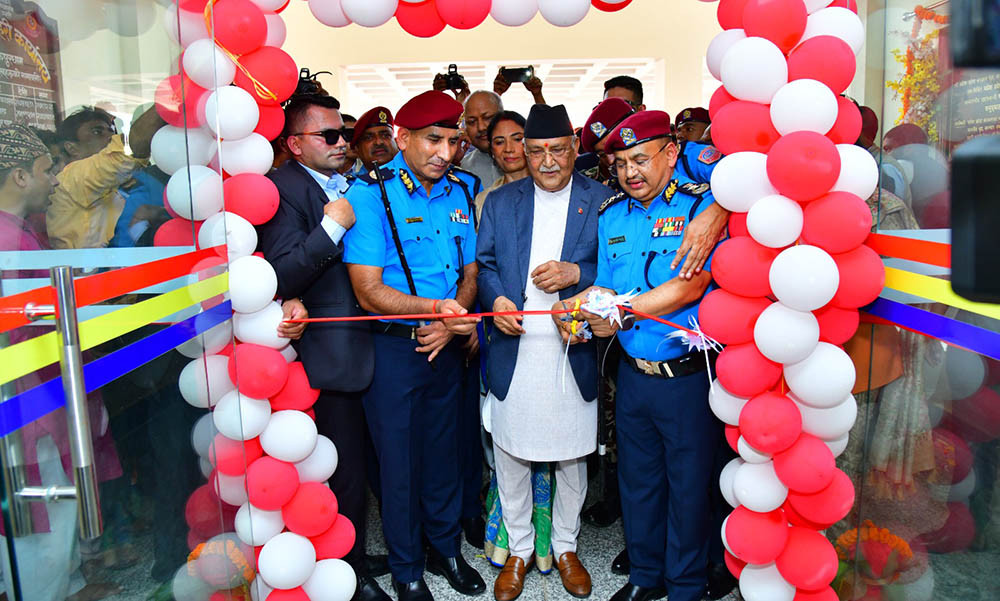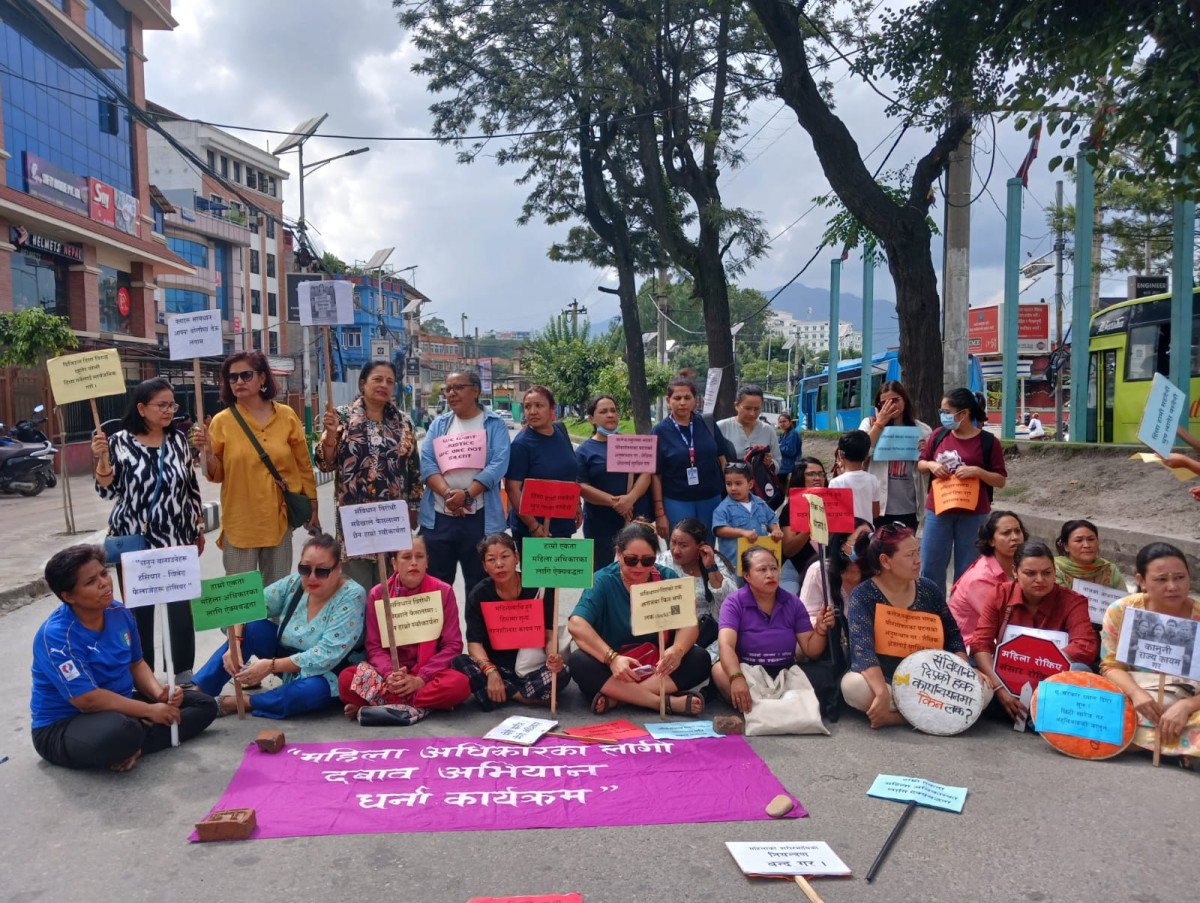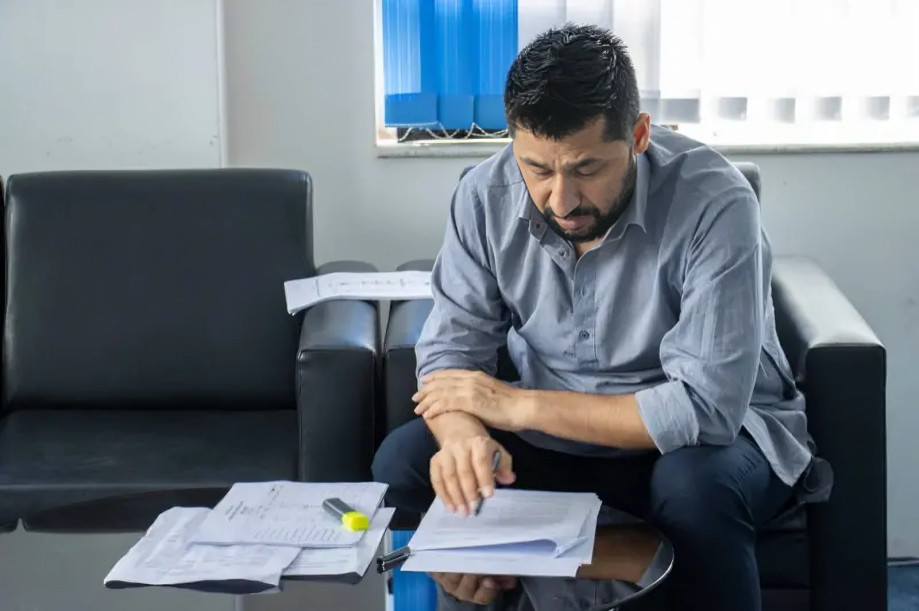Nepal has emerged as a vocal advocate for ambitious climate action, despite contributing only a minuscule share of global emissions. In May 2025, at the Sagarmatha Sambaad, Nepal unveiled its Nationally Determined Contribution (NDC) 3.0, formally handing it over to the worldwide community. This took place alongside the adoption of the 25-point “Sagarmatha Call for Action,” in which Nepal and other participants urged stronger international efforts to protect mountain ecosystems and fight climate change.
The updated NDC builds on the previous NDC 2.0 submitted in 2020, charting a pathway toward a low-carbon and climate-resilient future.
Nepal’s NDC 3.0 represents a significant step up in ambition from NDC 2.0. In NDC 2.0 (2020), Nepal outlined plans that would lead to an estimated 28% reduction in greenhouse gas emissions by 2030. NDC 3.0 advances this by aiming for a 17.1% net GHG emission reduction by 2030 and 26.8% by 2035. While the percentage for 2030 may appear lower, it reflects refined calculations and an expanded scope of sectors, followed by a substantial cut by 2035. Importantly, Nepal also brought forward its long-term goal of shifting from an aspirational net-zero emissions by 2050 in NDC 2.0 to a firm commitment of net-zero carbon emissions by 2045 in NDC 3.0.
Clean energy development has always been a pillar of Nepal’s climate strategy. NDC 2.0 set a target of expanding electricity generation to 15,000 MW of clean energy capacity by 2030 (with 5-10% coming from solar, wind, microhydro, and bioenergy, and the rest mainly from large hydropower). NDC 3.0 not only reaffirms this push but ups the ante. It calls for 14,000+ MW by 2030 and a massive 28,500 MW by 2035. This would roughly double Nepal’s power capacity between 2030 and 2035, leveraging its vast hydropower potential. A portion of this scale-up is pledged unconditionally, while the remainder is conditional on receiving international finance and technology. If achieved, this renewable boom could make Nepal a regional clean energy exporter, supporting both domestic development and lower emissions in South Asia.
The new NDC broadens the scope of Nepal’s electric mobility goals. The 2020 NDC had an aggressive target for electric vehicles, aiming for 90% of private passenger vehicle sales and 60% of public passenger vehicle sales to be electric by 2030. By contrast, NDC 3.0 raises the ambition and extends it: by 2030, 90% of all private passenger vehicles and 70% of public transport sales are targeted to be electric, and by 2035, the goal rises to 95% of private and 90% of public vehicle sales electrified.
Additionally, NDC 3.0 introduces targets for freight and public transit systems. It envisions at least 100 km of electric mass transit lines (electric buses, trolleybuses, or light rail) in the Kathmandu Valley, and 300 km of electric railway tracks nationally by 2035, a new commitment absent in the earlier NDC.
Both NDCs acknowledge the need to reduce reliance on traditional biomass and fossil fuels for cooking and industry. NDC 2.0 set a goal of 25% of households using electric stoves as primary cooking by 2030, along with the promotion of biogas and improved cookstoves. NDC 3.0 builds on this: it aims to electrify cooking for 2.1 million households by 2035 and to distribute efficient improved cookstoves to an additional 1 million homes for those still using firewood. In industry, NDC 3.0 is more specific about cleaner technologies. It targets, for example, conversion of a significant share of brick kilns to cleaner modes, adoption of electric or alternate-fuel boilers in many industries by 2030-2035, and replacement of high GHG refrigerants and anesthetic gases in health facilities by 75% with low GHG alternatives by 2035.
One area of clear continuity, yet slight enhancement, is forest conservation.NDC 2.0 pledged to maintain 45% of the country’s area under forest cover through 2030. By 2025, Nepal had already achieved around 46% forest cover, so NDC 3.0 commits to maintaining at least 46% forest cover through 2035. It also continues earlier goals to implement sustainable forest management in at least half of the Terai forests and one-quarter of hill and mountain forests. Additionally, the new NDC places greater emphasis on community-based forest management: by 2035, 60% of Nepal’s forests should be under community management, with strong inclusion of women, Indigenous peoples, and marginalized groups in decision-making.
While mitigation targets often headline NDCs, Nepal’s climate plans devote significant attention to adaptation crucial for a country highly vulnerable to climate impacts. NDC 2.0 outlined broad adaptation priorities (in agriculture, water, forests, health, and disaster risk reduction), in line with Nepal’s 2019 National Climate Change Policy. NDC 3.0 goes further by specifying outcome-oriented goals, such as making a sizable portion of new infrastructure (schools, healthcare facilities) compliant with climate-resilient design standards by 2030 and 2035. It also integrates the recently formulated National Adaptation Plan (NAP), ensuring that climate resilience building, from flood early warning systems to drought management, is a central component of the national strategy.
The leap in ambition from NDC 2.0 to NDC 3.0 is impressive on paper, but it raises the question: Can Nepal deliver on these promises? Nepal faces capacity and resource constraints that could make implementation difficult. For instance, reaching 28,500 MW of clean energy by 2035 would require rapid construction of hydropower plants and renewable projects at an unprecedented pace. Nepal’s track record on big infrastructure projects has been mixed; delays due to complex terrain, environmental concerns, financing hurdles, and bureaucratic red tape are common. Similarly, transforming the transportation sector (from near-zero electric cars a few years ago to almost all new vehicles being electric by 2030) will require not just bold policies but also heavy investments in charging infrastructure, grid upgrades, and perhaps incentives to make EVs affordable.
The sheer scale of financing needed is perhaps the biggest hurdle. Nepal estimates it needs around $73.7 billion by 2035 to implement NDC 3.0’s mitigation targets. On top of that, the government projects that another $18-20 billion will be required for adaptation initiatives over the next decade. Together, these sums far exceed Nepal’s annual GDP, illustrating the enormous scale of investment required. In the 2020 NDC, the price tag was around $28 billion through 2030, which was already daunting. Nepal has signalled it will invest some of its funds (roughly $10-15 billion by 2035), a significant commitment, but the rest is expected from international climate finance.
In terms of technology and capacity building, Nepal will also rely on partnerships. For example, transitioning industries to cleaner tech or installing large-scale solar and wind will require know-how that may come through international cooperation. The success of NDC 3.0 is thus intertwined with global support: if the international community steps up with grants, concessional finance, and tech transfer, Nepal’s ambitious plans become more attainable. Ambition alone, as observers have noted, is not enough to sustain climate leadership. Implementation will be the true test. Nepal will need to strengthen its institutions for climate action, ensuring that ministries, provincial and local governments, and various sectors coordinate effectively.
(Ms. Gauchan is a student from Dickinson College, Pennsylvania, USA. She has been working under Mr. Naresh Sharma for the Ministry of Forests and Environment.)


.gif)


.png)



.jpeg)
.gif)







